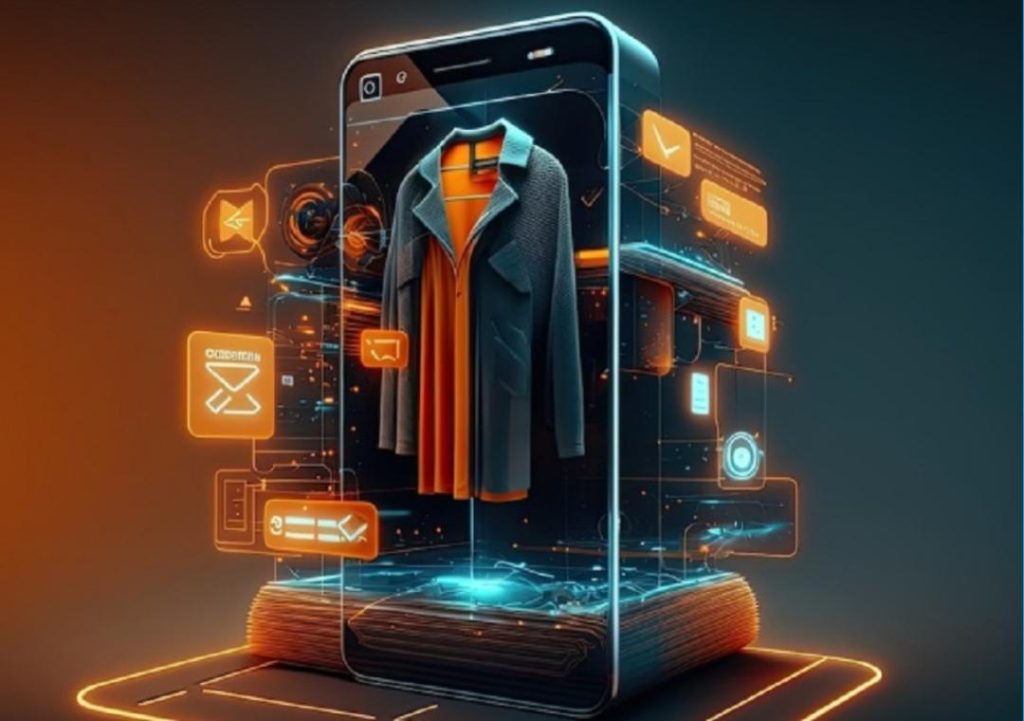
How AI, AR & Automation are redefining online shopping in 2025
As the world becomes increasingly digitized, online shopping has become the norm for many consumers. With the rise of e-commerce, retailers are constantly seeking ways to enhance the user experience, increase conversions, and drive sales. In recent years, AI, AR, and automation have emerged as key technologies redefining the online shopping landscape. In this blog post, we’ll explore how these innovations are transforming the way we shop online and what the future holds for e-commerce in 2025.
AI-Powered Personalization
One of the most significant advancements in online shopping is the use of AI-powered personalization. AI chatbots are now common in many e-commerce platforms, allowing customers to interact with brands in a more human-like way. These chatbots can provide personalized recommendations, answer frequently asked questions, and even assist with purchases. According to a study by Salesforce, 80% of consumers are more likely to do business with a company if it offers personalized experiences.
AI-powered personalization is not limited to chatbots alone. Many e-commerce platforms are now using machine learning algorithms to analyze customer behavior, preferences, and purchase history to offer targeted recommendations. For instance, an online fashion retailer might suggest complementary products to a customer who has previously purchased a specific style of clothing. This level of personalization not only enhances the user experience but also increases the likelihood of conversions.
Smart Recommendations
Smart recommendations are another area where AI is making a significant impact. These recommendations are based on complex algorithms that analyze customer behavior, product characteristics, and sales data to suggest relevant products. For instance, an online electronics retailer might recommend a particular brand of headphones to a customer who has previously purchased a specific type of smartphone.
Smart recommendations are not only limited to product suggestions but also extend to product filtering and categorization. For instance, an online fashion retailer might allow customers to filter products by size, color, and brand, making it easier for them to find what they’re looking for.
Voice Commerce
Voice commerce, also known as voice shopping, is another area where AI is making waves. With the rise of smart speakers and voice assistants, consumers are increasingly using voice commands to make purchases online. According to a study by OC&C Strategy Consultants, 55% of consumers are likely to use voice commerce in the next two years.
Voice commerce is not only limited to making purchases but also extends to customer service and support. For instance, a customer might use a voice assistant to ask a retailer about product availability or return policies. This level of convenience and accessibility is expected to revolutionize the way we shop online.
AR Virtual Try-Ons
Augmented Reality (AR) is another technology that is transforming the online shopping experience. AR virtual try-ons allow customers to preview products in a more immersive and interactive way. For instance, an online beauty retailer might allow customers to try on virtual makeup or sunglasses using AR technology.
AR virtual try-ons not only enhance the user experience but also increase conversions. According to a study by Deloitte, 70% of consumers are more likely to make a purchase if they can try on a product virtually. This level of immersion and interactivity is expected to become a key differentiator for e-commerce brands in the coming years.
Automated Logistics and Supply Chain Management
Automation is not limited to the customer-facing aspects of e-commerce. Automated logistics and supply chain management are also transforming the way products are delivered to customers. With the rise of e-commerce, retailers are facing increasing pressure to deliver products quickly and efficiently.
Automation is helping to streamline supply chains and delivery processes, making it possible for retailers to deliver products faster and more cost-effectively. For instance, automated warehouses are using robots and artificial intelligence to manage inventory and fulfill orders. This level of efficiency and accuracy is expected to improve customer satisfaction and reduce costs for retailers.
The Future of Online Shopping
As we look to the future of online shopping, it’s clear that AI, AR, and automation will continue to play a significant role. In 2025, we can expect to see even more innovative applications of these technologies, including:
- AI-powered customer service chatbots that can understand natural language and provide more personalized support
- AR virtual try-ons that allow customers to try on products in a more realistic and immersive way
- Automated logistics and supply chain management that can deliver products faster and more cost-effectively
- Voice commerce that allows customers to make purchases using voice commands
- Smart recommendations that can suggest relevant products based on complex algorithms and customer behavior
In conclusion, AI, AR, and automation are transforming the online shopping landscape in 2025. These technologies are enhancing the user experience, increasing conversions, and driving sales for e-commerce brands. As the e-commerce landscape continues to evolve, it’s clear that these innovations will play a significant role in shaping the future of online shopping.
Source:
https://www.growthjockey.com/blogs/e-commerce-tech-trends-online-shopping






